You’re probably thinking we’ve gotten our images mixed up and this is a bird’s nest – there’s no way it came out of a volcano. But it did, from Hawaii’s Mt. Kilauea.
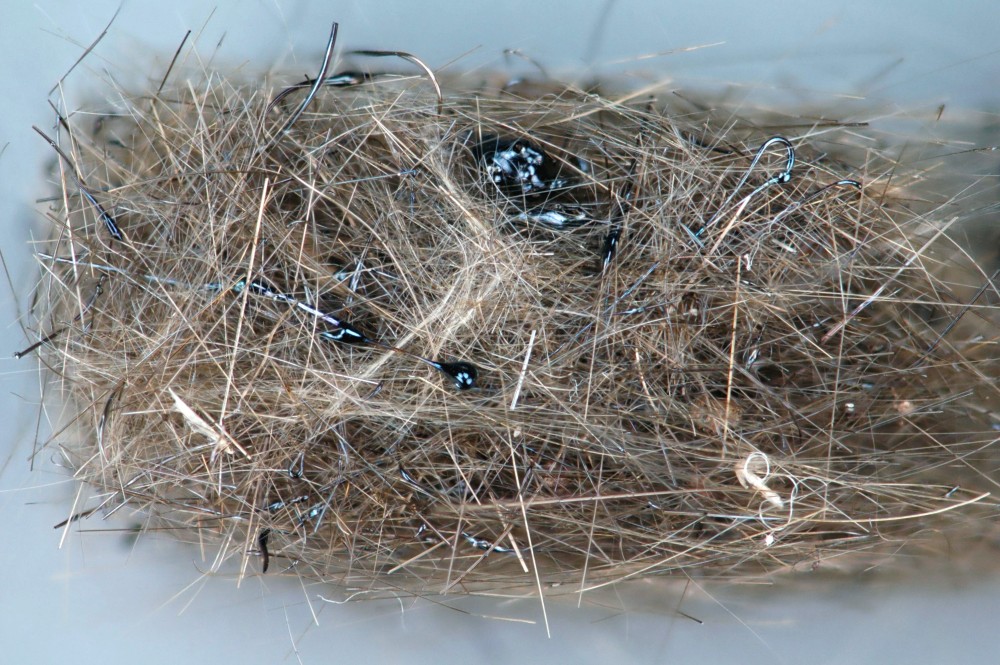
Pele’s hair & Pele’s tears from the Holocene of Hawaii, USA. Image credit: James St. John
Named after Hawaiian volcano goddess Pele, “Pele’s Hair” refers to extremely long threads of yellowish to blackish-colored volcanic basalt glass stretched into thin strands by the physical pulling apart of molten lava during eruptions. It most commonly forms during fire fountain activity, as very fluid basalt lava spray is stretched while airborne. The phenomenon can also occur during lava cascades, or vigorous lava flows.
Probably due to weathering effects, Pele’s hair can have a golden yellow color that makes it look like human hair or dry straw. It has a shimmering gold color when exposed to sunlight. The length of individual hairs varies considerably, from the typical 5 to 15 cm (2 to 6 in), up to 2 m (6.5 ft). Their diameter ranges from about 1 to 300 µm (0.001 to 0.3 mm), and their weight is accordingly low.
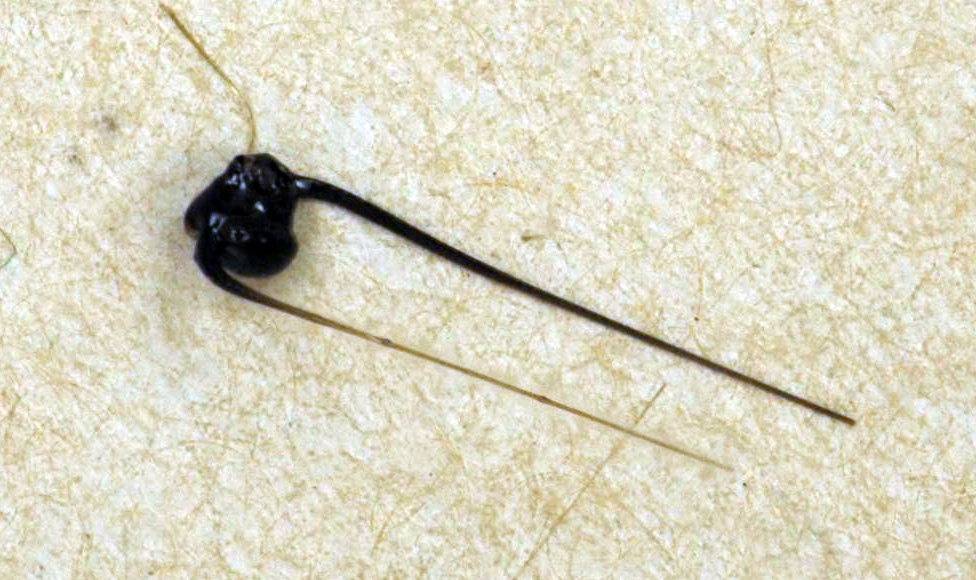
Achnelith (Pele’s tear) with two attached threads of Pele’s hair (unrecorded pre-1940s eruption of Kilauea Volcano, Hawaii). Image credit: James St. John
Achneliths (Pele’s tears – the small, black, glassy structures) are often found attached to one end of individual threads, and sometimes multiple threads are attached to some achnelith masses. They provide volcanologists with important information about the eruption, such as the temperatures and the magma’s path to the surface. The shape of the tears can also provide an indication of the velocity of the eruption, while the bubbles of gas and particles trapped inside them can give clues about the composition of the magma chamber.
Apart from Hawaii, Pele’s hair has been produced by other volcanoes around the world, including in Nicaragua (Masaya), Italy (Etna), Ethiopia (Erta’ Ale), Norway and Iceland. It usually forms in gaps in the ground, mostly near vents, skylights, ocean entries, or in corners where it can accumulate.
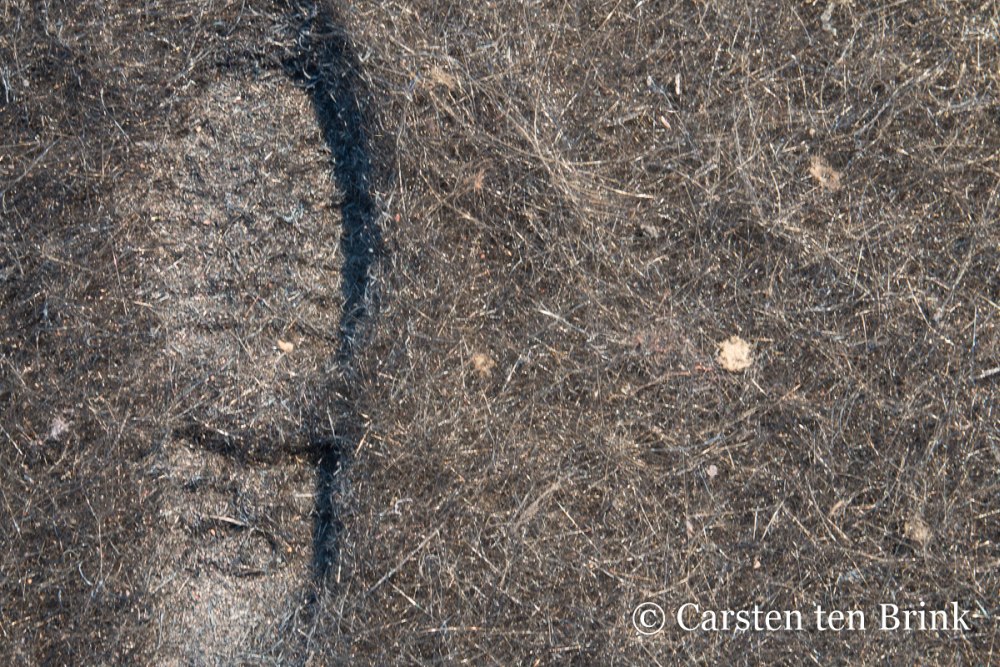
Footprint in Pele’s hair, Masaya Volcano, Nicaragua. Image credit: Carsten ten BrinkFollow
The light fibers are often carried high into the air by winds, to places several kilometers away from the vent.
Pele’s hair is commonly found on high places like treetops, electric poles and radio antennas.
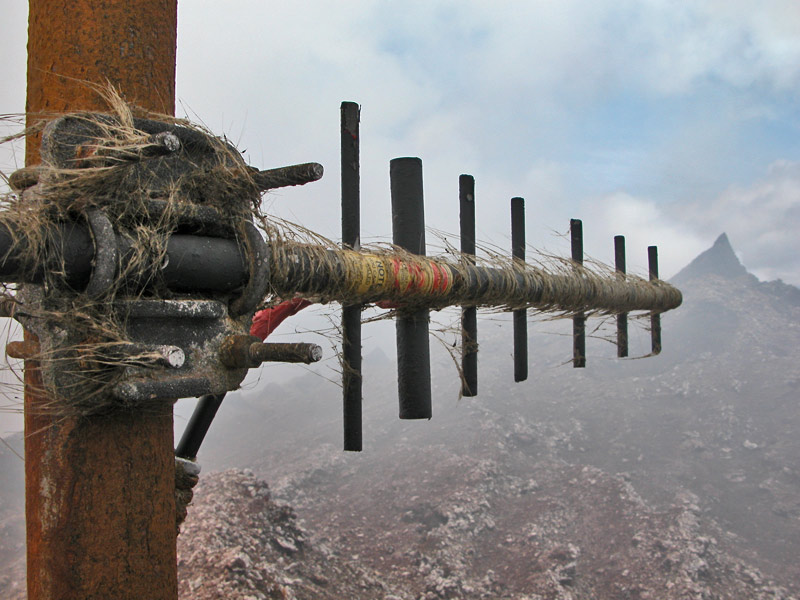
Pele’s hair caught on a radio antenna mounted on the south rim of Puʻu ʻŌʻō, Hawaiʻi. Image credit: United States Geological Survey
Since it is very brittle and sharp, it is not recommended to touch Pele’s hair. Gloves should be worn while examining it, as small broken pieces can enter the skin.
Not everybody keeps that advice though.
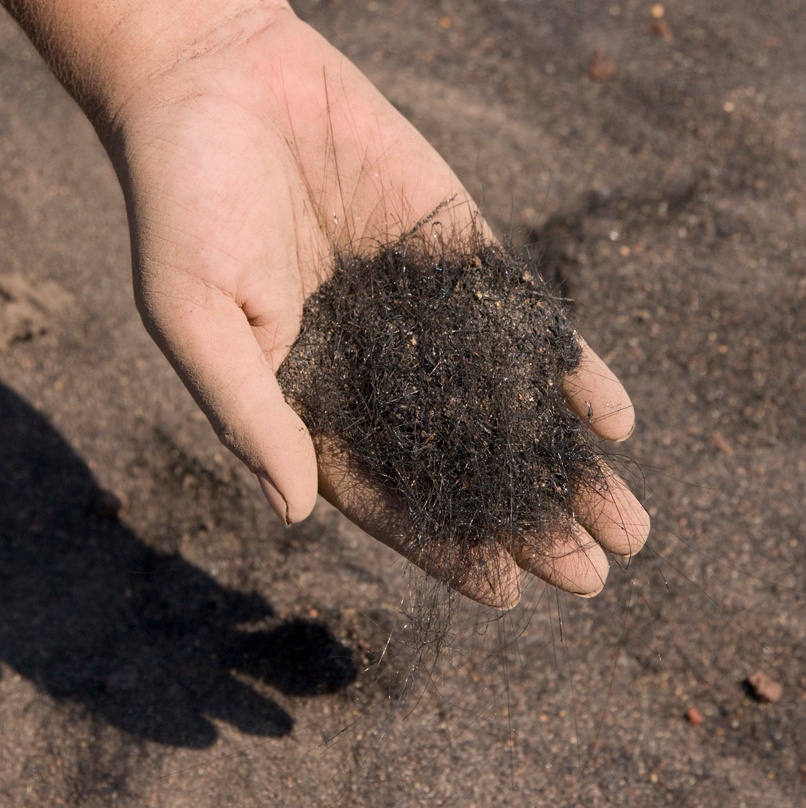
Pele’s Hair, Nindiri crater. Image credit: steeedm
As noted above, Pele’s hair is also found in Norway and Iceland, where it’s known as “Witch’s Hair”.
Strands of Witch’s hair like the one below have been spotted tumbling along the ground near the Holuhraun lava field just north of the Vatnajökull ice cap, in the Icelandic Highlands.
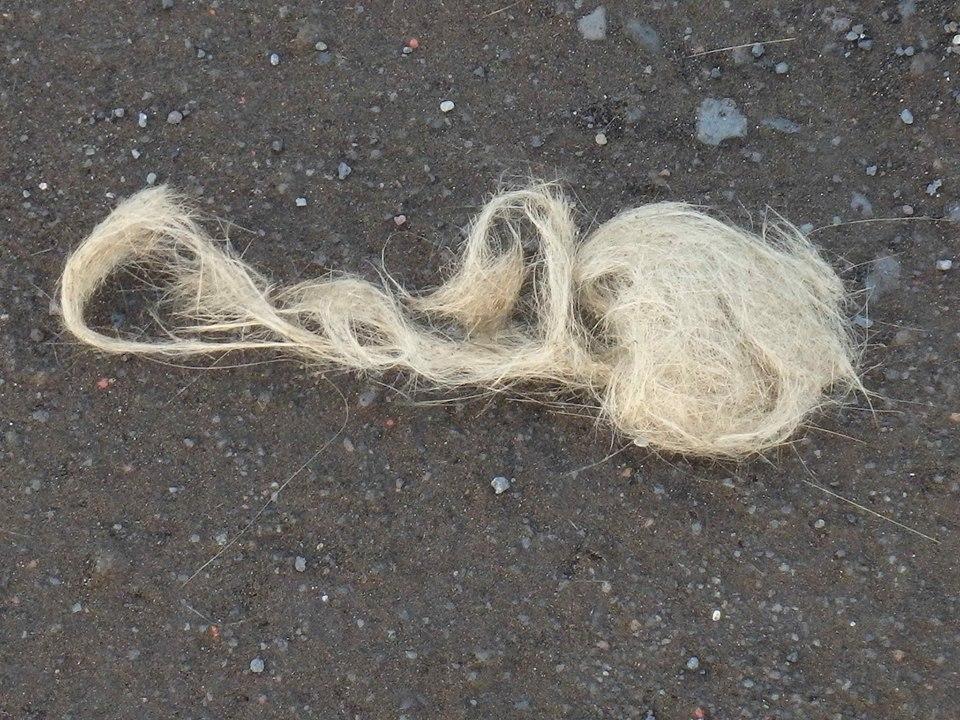
These little wads of hair are called “Nornahár” in Icelandic, meaning “Witch’s Hair”. Image credit: Þorvaldur Þórðarson, Jarðvísindastofnun Íslands
When the giants have just had a haircut…

